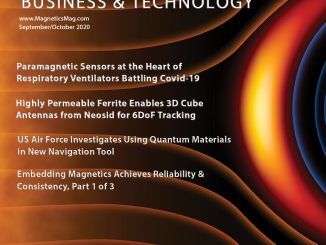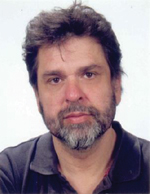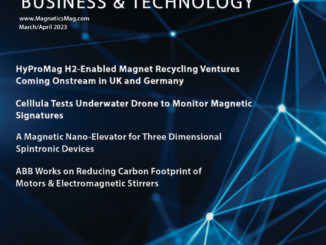A Column by Dr. Stan Trout | Spontaneous Materials
I was very fortunate to have had many excellent teachers in college. Not only did they teach me the basics of science and engineering, but I found some of the lessons extended far beyond our classroom or even the subject at hand.
One of those teachers for me was Dr. Bernard Marklein, who taught undergraduate chemistry at Lafayette College. If you can believe it, he taught from 1938 to 1975 and his specialty was teaching the first-year courses. Living in an age where adjuncts and teaching assistants now teach most large first-year courses for professors who can’t be bothered, I find this to be an amazing perspective.
One of the most powerful things I learned from Dr. Marklein was the concept of the Rate Determining Step (RDS). If your chemistry is a bit rusty, I’ll paraphrase the Wikipedia definition, and refer you on to it, should you want to know more.1 The basic idea of the rate determining step is that the speed of a sequence of several chemical reactions can be reasonably approximated by just considering the speed of the slowest reaction. In other words, the slowest reaction has the most profound influence on throughput or speed of the overall process.
We employ a similar notion when we estimate our distance from a lightning strike by counting the seconds between the flash and clap of thunder. Our estimate depends only on the speed of sound and not on the speed of light. The reason we can safely ignore the speed of light is because sound travels at a much slower speed than light, by about six orders of magnitude. This example also demonstrates the idea that this concept applies more broadly than just chemical reactions.
Consequently, in my professional life, I have always looked for RDS’s in any process that I have been around. Identifying the rate determining step and finding ways to increase the rate through this pinch point are critical to improving the overall production rate and usually the profitability of a process.
The idea can also be extended to money, meaning when looking at the capital cost and operating cost of a process, more effort should be placed in refining the steps that use expensive equipment or have high operating costs. These types of investments are likely to have the quickest paybacks. Looking to save money on relatively inexpensive equipment with a high throughput is usually not very productive, and should be avoided.
One example comes to mind from my work experience. In one magnet plant, the RDS was magnetizing. There was only one magnetizer and a single coil that overheated quickly. In addition, only one worker was assigned to magnetizing, so that no parts were magnetized on days when he was absent. The low throughput was taken almost as an article of faith in this plant, even though there were many things that could have been done about it. Instead, customers were told that this state-of-the-art plant could only magnetize a few hundred pieces per day and they should learn to live with it. Extra staff, a second or even a third magnetizer, extra coils and better cooling of those coils all would have profoundly helped the situation. A small investment would have paid off handsomely.
The other place to watch this effect is when people leave a crowded airplane. You notice a couple of types of behavior: some people are ready to run off the plane as soon as it is their turn to leave, while others seem to slowly gather their effects and amble down the aisle, even stopping, causing the line to back up. In this situation, each of us gets to be the RDS, usually for just a few seconds. I would love to know if any of these people are thinking about being the RDS; likely they aren’t.
So two of the things I learned from studying Chemistry are to look for the rate determining step, and not to be the RDS myself, something I try very hard to apply in all my activities. Unfortunately, I find many people are oblivious to these considerations, making themselves less effective. My hope is that the next time you become aware that you are the rate determining step, you will step lively, especially if you are in front of me getting off the airplane.
[1] http://en.wikipedia.org/wiki/Rate-determining_step
 About the Author
About the Author
Dr. Stan Trout has more than 35 years’ experience in the permanent magnet and rare earth industries. Dr. Trout has a B.S. in Physics from Lafayette College and a Ph.D. in Metallurgy and Materials Science from the University of Pennsylvania. Stan is a contributing columnist for Magnetics Business & Technology magazine. Spontaneous Materials, his consultancy, provides practical solutions in magnetic materials, the rare earths, technical training and technical writing. He can be reached at strout@ieee.org.



